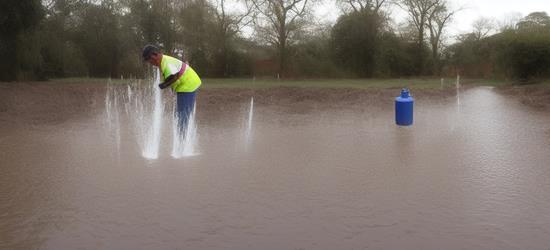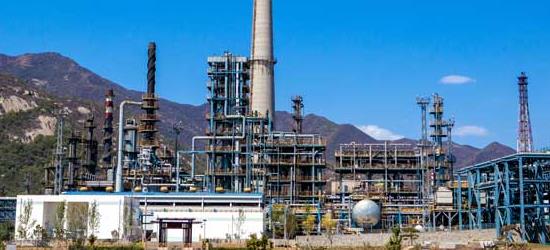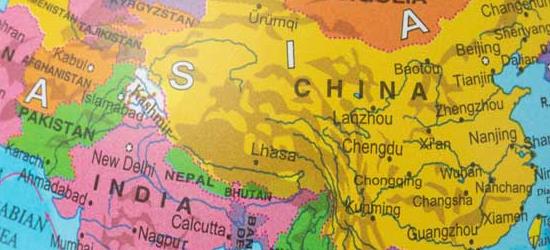地下水位上升的危害
2024-04-26 06:00:28

The rising of groundwater levels can pose several hazards and challenges to both the environment and human activities. Some of the key impacts include:
1. **Flooding**: One of the most immediate and visible consequences of rising groundwater levels is an increased risk of flooding. As the water table rises, it can saturate the soil and overwhelm drainage systems, leading to water pooling on the surface and potentially causing widespread flooding in low-lying areas.
2. **Damage to infrastructure**: Higher groundwater levels can exert pressure on foundations, basements, and underground structures, leading to structural damage and instability. Buildings, roads, and other infrastructure may experience cracking, shifting, or even collapse as a result of prolonged exposure to elevated groundwater levels.
3. **Contamination of water sources**: Rising groundwater levels can mobilize contaminants present in the soil, such as heavy metals, pesticides, and industrial chemicals. This can lead to the contamination of drinking water sources, posing serious health risks to human populations and ecosystems that rely on clean water.
4. **Loss of agricultural productivity**: Excessive groundwater can saturate farmland, leading to waterlogging and reduced oxygen availability for plant roots. This can inhibit crop growth, decrease yields, and ultimately impact food production. In addition, waterlogged soils are more prone to erosion and nutrient leaching, further compromising agricultural sustainability.
5. **Ecological impacts**: Changes in groundwater levels can disrupt natural habitats and ecosystems that depend on specific hydrological conditions. Wetlands, rivers, and lakes may experience alterations in water flow patterns, affecting aquatic species and biodiversity. Groundwater-dependent ecosystems may suffer from habitat loss or degradation as a result of fluctuating water levels.
6. **Increased costs for water management**: Dealing with rising groundwater levels often requires costly interventions, such as installing drainage systems, pumping stations, or protective measures for infrastructure. These expenses can strain local budgets and resources, especially in areas where groundwater issues are recurrent or widespread.
Overall, the rising of groundwater levels presents a complex set of challenges that require careful monitoring, planning, and mitigation strategies to minimize negative impacts on communities, ecosystems, and economies.
声明:本文“地下水位上升的危害”来自于网络,旨在传播知识,若有侵权等问题请与本网联系,将在第一时间删除处理。E-MAIL:。
最新发表
-
2024-05-05
-
2024-05-05
-
2024-05-05
-
2024-05-05
-
2024-05-05
-
2024-05-05
-
2024-05-05
-
2024-05-05
-
2024-05-05
-
2024-05-05
-
2024-05-05
-
2024-05-05
-
2024-05-05
-
2024-05-05
-
2024-05-05
-
2024-05-05
-
2024-05-05
-
2024-05-05
-
2024-05-05
-
2024-05-05
-
2022-08-04
-
2022-07-30
-
2022-08-04
-
2022-08-04
-
2022-08-04
-
2022-07-31
-
2022-07-14
-
2022-08-04
-
2022-07-26
-
2022-07-24
-
2022-07-23
-
2022-07-23
-
2022-08-04
-
2022-07-31
-
2022-07-30
-
2022-07-27
-
2022-07-26
-
2022-07-26
-
2022-07-26
-
2022-07-26
- 精选推荐
-
-
2022-09-03
-
2022-09-03
-
2022-09-02
-
2022-09-02
-
2022-09-02
-
2022-08-20
-
2022-08-10
-
2022-08-04
-
2022-08-04
-
2022-08-04
-
















































 粤公网安备 44098102441188号
粤公网安备 44098102441188号